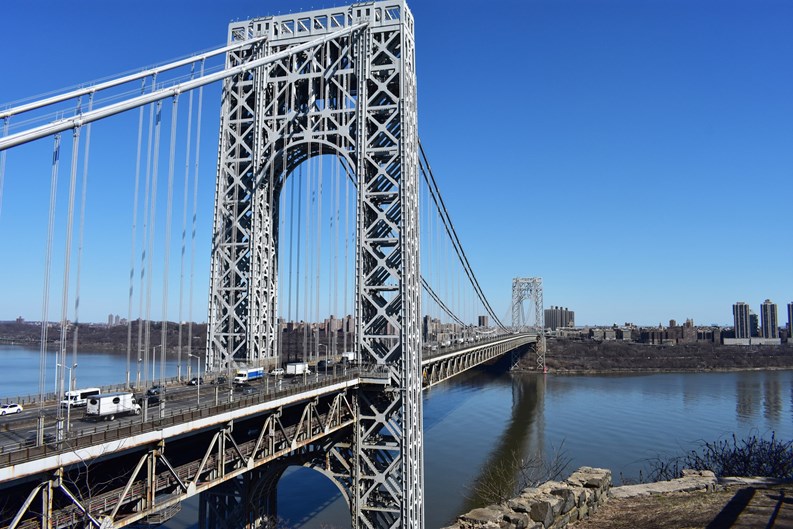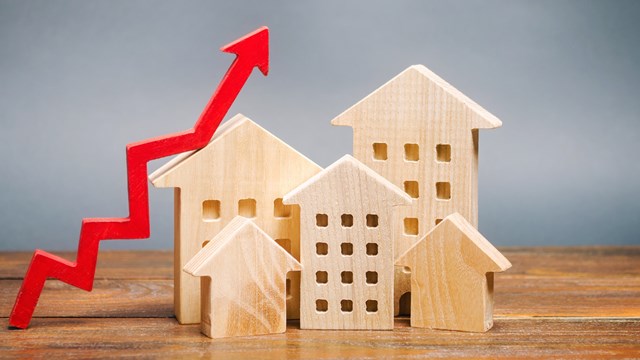Washington Heights sits on the narrow neck of land that juts up from Harlem toward the Bronx in upper Manhattan. Developed in stages from around the turn of the last century through World War II, the neighborhood has been referred to by many names. In the 1930s, it was known as 'Frankfurt-on-the-Hudson,' home to such prominent people as Henry Kissinger and Dr. Ruth Westheimer. By the 1980s, it was known as 'Moscow-on-the-Hudson,' populated by thousands of newly-arrived immigrants from the collapsing Soviet Union.
Today, the neighborhood has the largest Dominican community outside the Dominican Republic (It is memorialized by actor/playwright Lin-Manuel Miranda in the hit musical In the Heights). The Dominican community in Washington Heights is so large and important to its home country that Heights residents who hold Dominican citizenship can vote in Dominican elections in the neighborhood.
Washington Heights is a varied and large community with many different faces, one of its most attractive features. But like every other old-fashioned, traditional neighborhood in the city in the last few decades, Washington Heights has been experiencing changes, especially in the context of demographics and real estate.
Recent Trends
“Change in the neighborhood started around the mid-2000’s,” says Led Black, a lifelong Washington Heights resident and an upper Manhattan blogger. His website, The Uptown Collective, chronicles life in Washington Heights, Harlem, and Inwood. “Gentrification picked up steam around 2011-12. This year seems to be a tipping point. When I visit places in the neighborhood I’ve visited all my life, I see the change in the demographics.”
Nick Rafello, an associate broker with brokerage firm Corcoran, confirms Black’s time frame. He has lived and worked in the neighborhood for approximately 16 years. “The trend has been upward since the Great Recession. That lasted until about 2012. In 2013, things started to percolate, with a huge surge in 2015-16. The market was great. People were cashing in downtown and moving uptown to get more space. At the moment we are experiencing a small market correction, but that’s normal.
“The majority of my clients,” he continues, “are coming from downtown and Brooklyn. The balance [is] lateral moves: people in the neighborhood going from smaller to larger space, or larger to smaller space.”
The New York Post recently published a story titled “Washington Heights is the new Williamsburg.” According to the article, Washington Heights “is brimming with more millennials than any other ‘hood in the Big Apple, with 50,103 residents, age 20 to 34, comprising 10 percent of the area’s population. Rapid gentrification has led to higher rents in Brooklyn, so the move from Manhattan to the outer boroughs among cash-poor twenty- and thirty-somethings has begun to reverse.”
Signs of Change
Perhaps the most obvious sign of change in Washington Heights is in the commercial and retail sector. There are many new storefronts and restaurants, most notably along Broadway, both the spine and the heart of the neighborhood. Along 181st Street, the abandoned movie theater on the northwest corner of Broadway is coming down to make way for a new three-story glass commercial center that will feature a vertical shopping experience.
Across the street, the condominium property at 4260 Broadway, with frontages along both Broadway and 181st Street, shuffled their commercial tenants to upgrade their tenancy. JPMorgan Chase has opened a new branch at the corner of Wadsworth and 181st Street in that building. The renovation of the George Washington Bridge Bus Terminal has brought Marshalls, the Gap, Blink Fitness, and two new banks into the neighborhood as well. Several new upscale restaurants have opened, including one at 176th Street and Broadway, and several around New York-Presbyterian/Columbia University Medical Center.
On the residential construction side, new projects are to be found at 40 Pinehurst Avenue, a 24-unit condominium building at 180th Street with river views on the site of a former synagogue overlooking the George Washington Bridge, scheduled to be offered for sale later this year; and the Highbridge Condominium, located at 448 West 167th Street, which features 17 new condominium units. According to its website, 11 units are in contract or out for signature. Several other projects appear stalled however -- include the nearly full block luxury residential rental located on 187th Street between Broadway and Wadsworth Avenue.
Crossing Broadway
Traditionally, Broadway has represented something of a dividing line through the Heights. The housing stock and population west of Broadway are generally regarded as more affluent than those east of Broadway. For many residents, Broadway may have felt like the Berlin Wall. But that wall appears to be coming down as the lines that separate the neighborhood are blurring. These days, the housing stock along Wadsworth Avenue, and in particular Wadsworth Terrace, is similar to that found along Bennett Avenue, west of Broadway.
The influx of younger renters coming from downtown has pushed many of the older tenants along Wadsworth out of the immediate area. Black mentions his mother, who lives in a rent-stabilized apartment near 192nd Street on Wadsworth where he grew up. “I had a friend four floors up that I grew up with,” he says. “They had the same apartment but lost the lease. The rent went from approximately $700 a month to over $2,000 a month.” He expects this displacement to continue.
Rafello relates how prices have jumped at 4260 Broadway, a full-block condominium property. He heard recently that a renovated two-bedroom unit was sold there for $1.3 million, a price unimaginable even a year ago. He is of the opinion that if buildings were converted or built along Wadsworth for sale—one site at Wadsworth and 184th Street is awaiting construction—buyers would venture across Broadway for value. “Build it, and they will come,” he says.
From Frankfurt-on-the-Hudson, to Moscow-on-the-Hudson, to the heart of the Dominican diaspora, Washington Heights is a colorful, vibrant neighborhood serving many communities. As is the case with all urban environments, it’s not static. It continues to grow develop and change, while still maintaining its history.
AJ Sidransky is a staff writer at The Cooperator, and a published novelist.







Leave a Comment